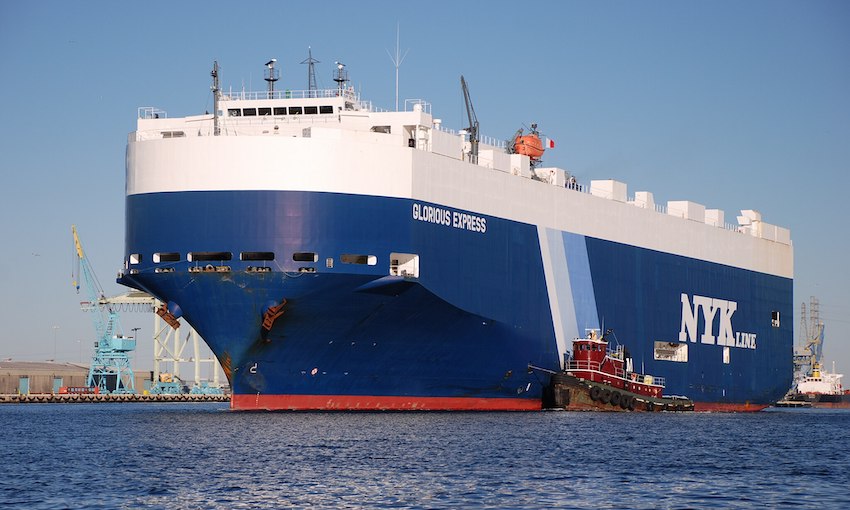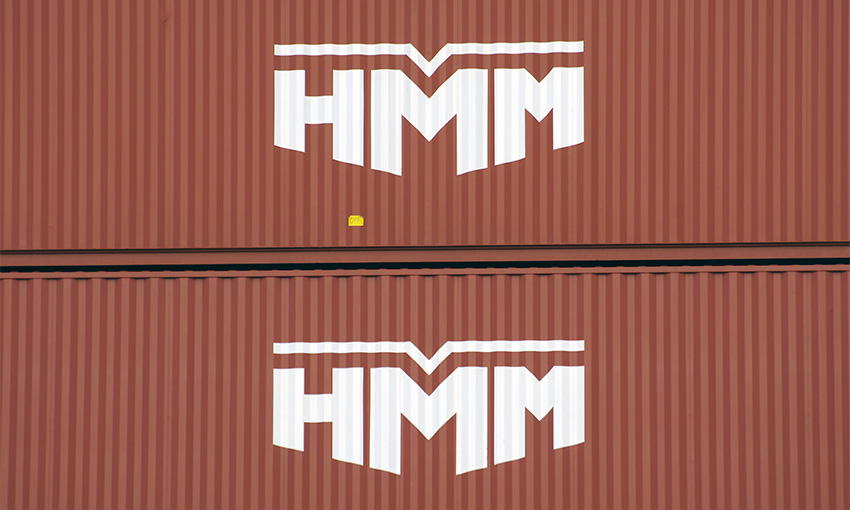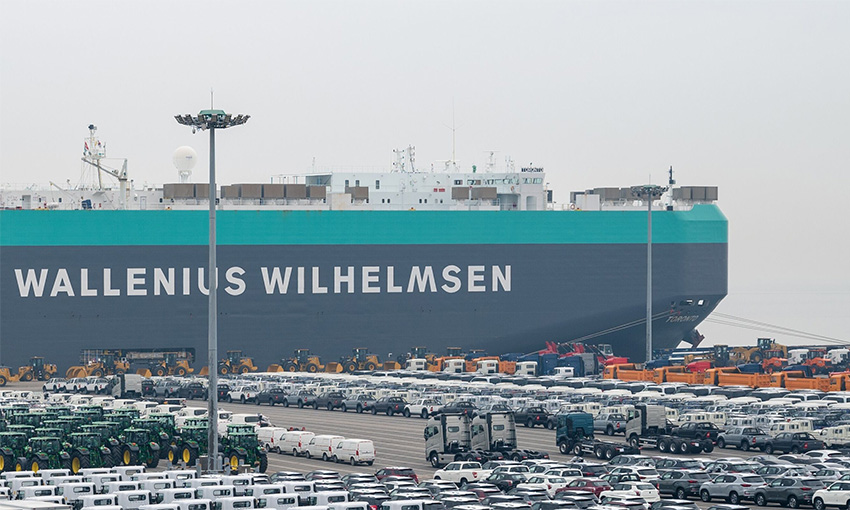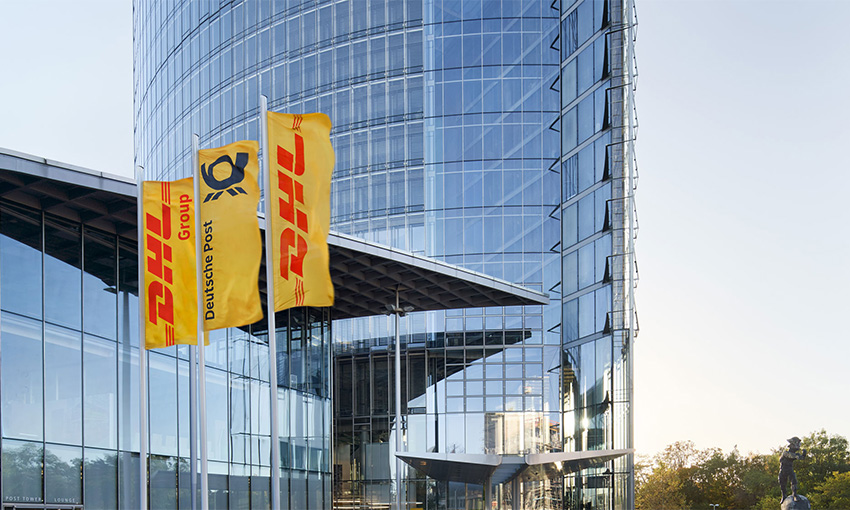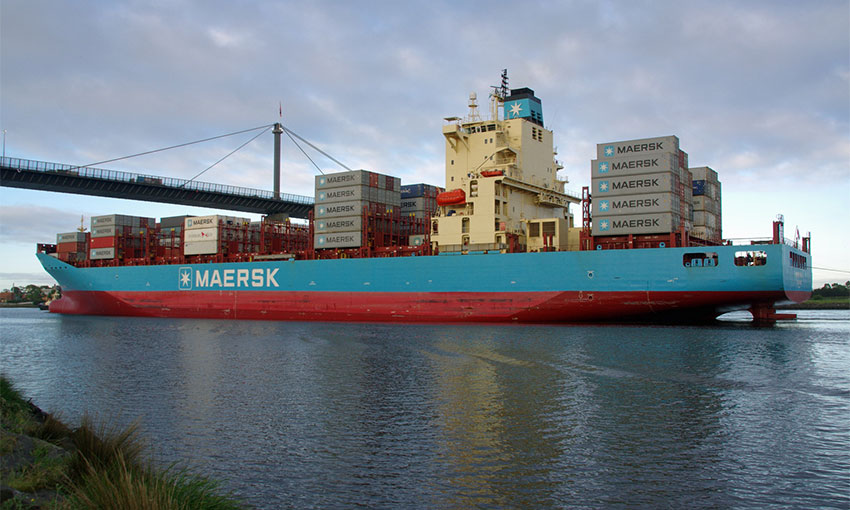NYK Group has reported increases in revenue and profit for the 12 months to 31 March 2023.
The group’s revenue for the fiscal year was ¥2.616 trillion (around $28.6 billion), a 14.7% increase on revenue for the end of March 2022.
Operating profit was ¥296.3 billion (around $3.2 billion), up 10.2% on the previous year.
NYK also posted a significant year-on-year recurring profit increase for its liner trade segment, up 57% to ¥791.3 billion (around $8.6 billion).
“In the container shipping market, supply-and-demand conditions remained tight through the middle of the second quarter due to robust transportation demand and supply chain disruptions caused by port congestion,” the company said.
“However, from the summer, while transportation demand slowed due to multiple factors including inflation and high inventories in North America, the supply of space increased following the alleviation of port congestion around the world, and as a result, spot freight rates fell.”
NYK Group said profits continued to trend at high levels at Ocean Network Express this fiscal year as a result of strong performance during the first half.
“In the terminal division, although handling volumes declined compared to the last fiscal year due to the sale of several terminals in North America, ancillary income from container demurrage increased at several terminals and contributed to the bottom line.
“As a result of the above, profit increased on higher revenue compared to the last fiscal year in the overall liner trade business.”
The group’s bulk shipping business posted a 73% increase in year-on-year recurring profit to ¥212.1 billion (around $2.3 billion).
“In the automotive transportation division, the impact of the global semiconductor shortage and Covid-19 on automobile production volumes gradually receded, and transportation volumes increased compared to the last fiscal year,” the group said.
“In the dry bulk business division, the Capesize market rose to unseasonably high levels from the end of April, but it subsequently fell as concerns about an economic slowdown became more pronounced.
“In the energy business division, the VLCC market rapidly recovered from the prolonged downturn in July, and after peaking in late November, although a period of major volatility ensued, the market trended at overall firm levels from the summer.”

